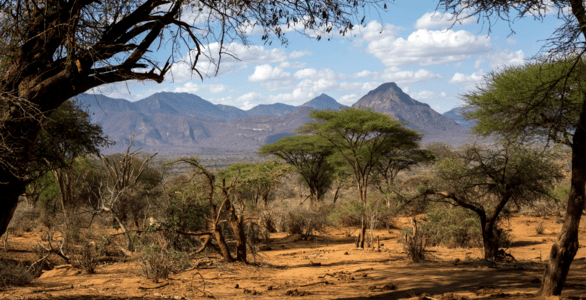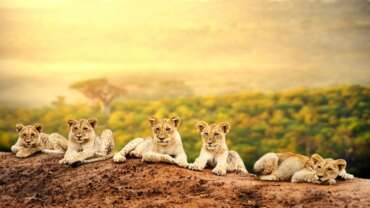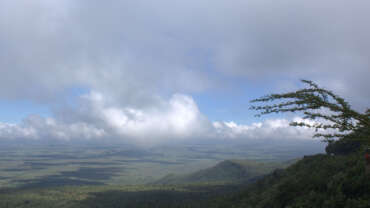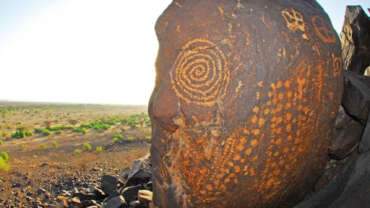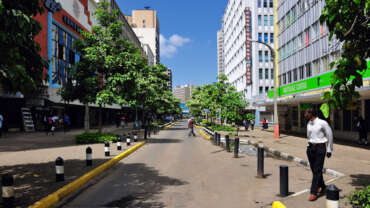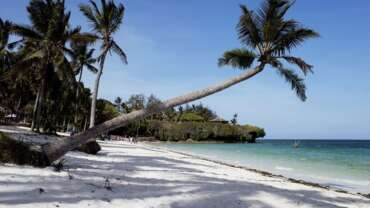Wonderful Kenya
Far away up in the North, Kenya is expansive, unexplored but rich in color. Every day, the sun seems to be smiling down on this part of Kenya. It brings forth light and heat that revitalizes the sights and sounds of Northern Kenya. With a fun all-terrain vehicle, tour these rugged terrains and experience the thrills, well cut out landscapes that flourish into the horizon and even desert wildlife.
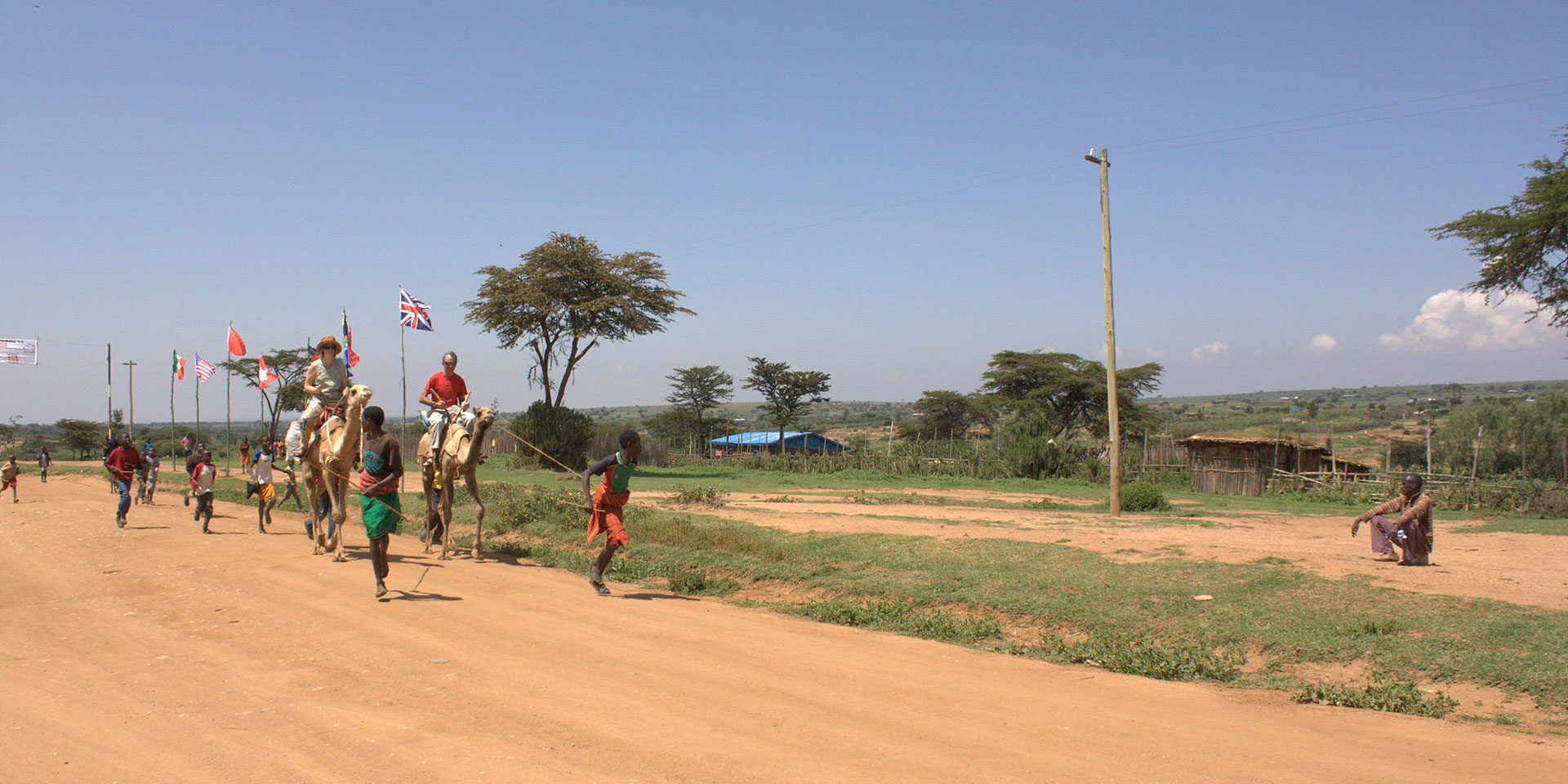
Maralal and Beyond
Maralal is a frontier town, the beginning of the Great Northern wilderness and the staging post for many great adventures. This simple town is a thriving centre for the local Samburu people, and the streets are always busy with camels, passing warriors and traders.
Maralal is a frontier town, the beginning of the Great Northern wilderness and the staging post for many great adventures. This simple town is a thriving centre for the local Samburu people, and the streets are always busy with camels, passing warriors and traders.
Beyond Maralal lies some of Kenya’s most beautiful country. Here the broad arid plains give way to the spectacular Loroghi Hills and the high, wild Matthews ranges. Dry river beds course through this land, and have become the tracks and routes of nomadic camel trains. The wild country between Maralal and Turkana is ideal for the adventure seeker.
Here in these vast empty spaces, there is freedom to explore and lose yourself in the wild. Whether you want to take a truck to Turkana or a camel through Samburu land, this is your starting point.
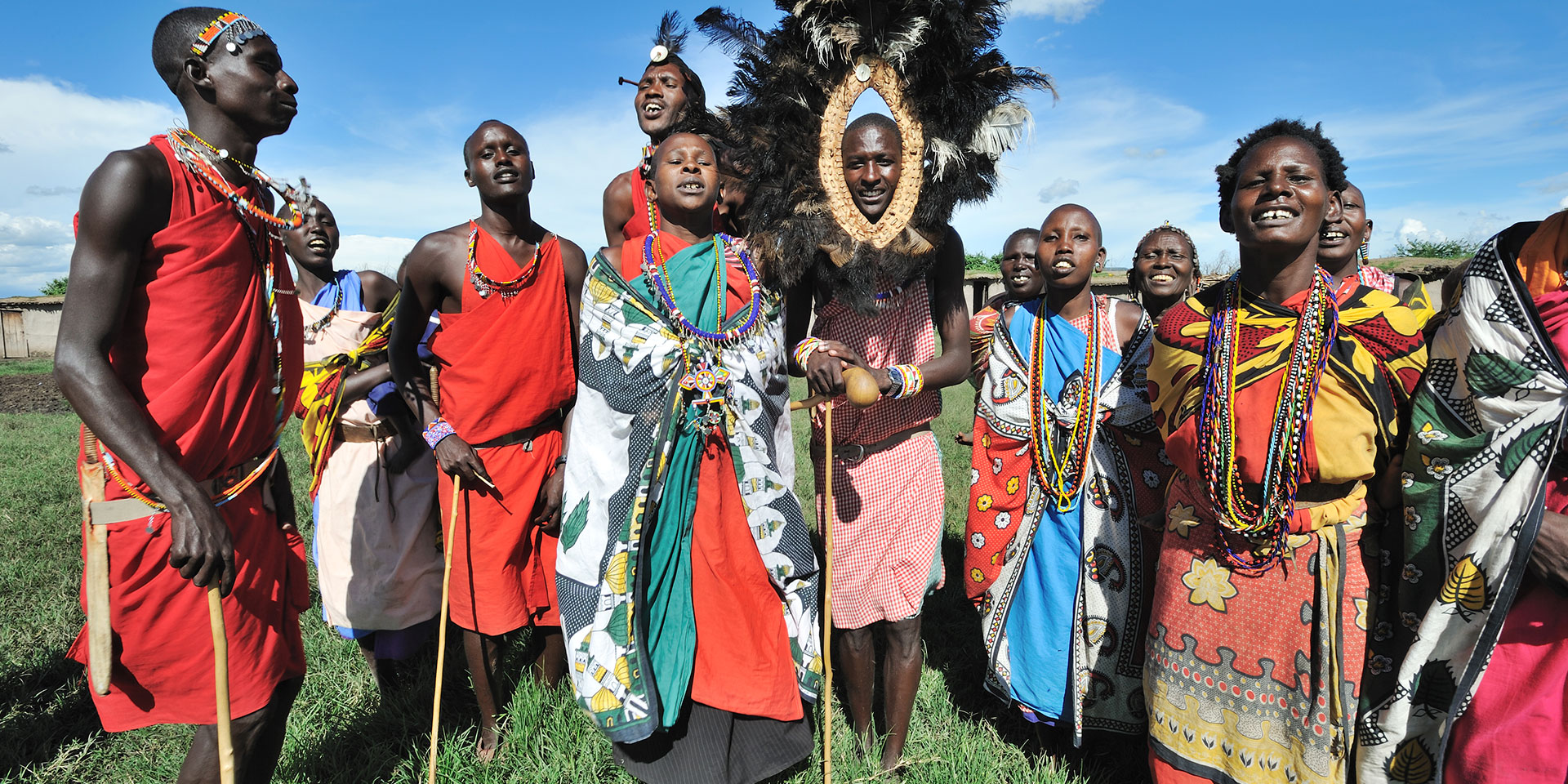
Turkana
Kenya’s North is desert country- hot, parched and broken by volcanic activity, where ancient blackened lava flows and endless thorn trees stretch from horizon to horizon.
Getting to Turkana overland is no mean feat. While it is possible to fly to the Lake in a Chartered aircraft (and indeed flying is recommended for the furthest Northern reaches) it must be said that flying to Turkana some what distills the adventure.
This is place where the journey is very much part of the destination- and it is only by taking the long difficult road that a real sense of remoteness is gained. However, the flight itself is quite an experience, taking in wonderful vistas across the Suguta Valley and providing a bird’s eye view of the Lake itself.
Most visitors make the longtrip from Nairobi over a 2 or 3-day period, stopping en route at Maralal, Samburu, or Marsabit. The trip winds through some beautiful country, and travelers invariably encounter Rendille camel trains, and pass by tiny villages and nomadic encampments along the way.
The history and cultures of the North- the Samburu, Pokot, Gabbra, Borana and many more are written upon the soil of this trackless land- and travelling through this area is a great education in itself. Both the East and West shores of the Lake each offer unique areas of interest.
At the South East tip of the Lake, reached via South Horr, the tiny oasis of Loiyangalani (“the place of the trees”) attracts many travelers to its palm groves, where a constant wind offers relief from the searing heat.
There is a well-maintained campsite and basic lodge here. Many safari companies and operators offer truck trips to this area- sometimes combined with a Camel safari further south.
Cradle of Mankind
For over 100 years, the National Museums of Kenya’s has been protecting, preserving, and promoting Kenya’s Historical, Natural, Cultural heritage and recently its Contemporary Art through Museums, Antiques and Monuments.
Kenya is endowed with the richest pre-historic fossil heritage dating over 100 Million years ago, back into the dinosaur age. The Lake Turkana eco-system is amongst Kenya’s six World Heritage Sites. The lake is the world’s largest desert as well as alkaline lake containing the largest Nile crocodile population.
The National Museums of Kenya holds the world’s largest collection of human pre-history, the longest and most complete record spanning over 27 Million years. You can also find records of fauna and plant species related to the evolution theory e.g. elephants, crocodiles- displayed in-situ at the Cradle of Mankind site.
In addition to fossil records, the existence of a long record of technological evolution with tools as old as 2.3 million years old also exists. The study of human evolution still continues to-date through the tireless efforts of Kenyan scientists at the National Museums of Kenya.
A Kenyan; Mr. Kamoya Kimeu, made our most famous discovery, the Turkana Boy dated 1.6Million years. This was a young boy of 9 – 12 years old, 1.6 meters tall, and is the only almost complete skeleton of a human related fossil ever found in the world.
Make your pilgrim trip to the Cradle of Mankind and discover the land where our ancestors once trod. Take a journey through the most spectacular scenery in Kenya while experiencing the rich cultures of minority communities like the almost extinct El Molo.
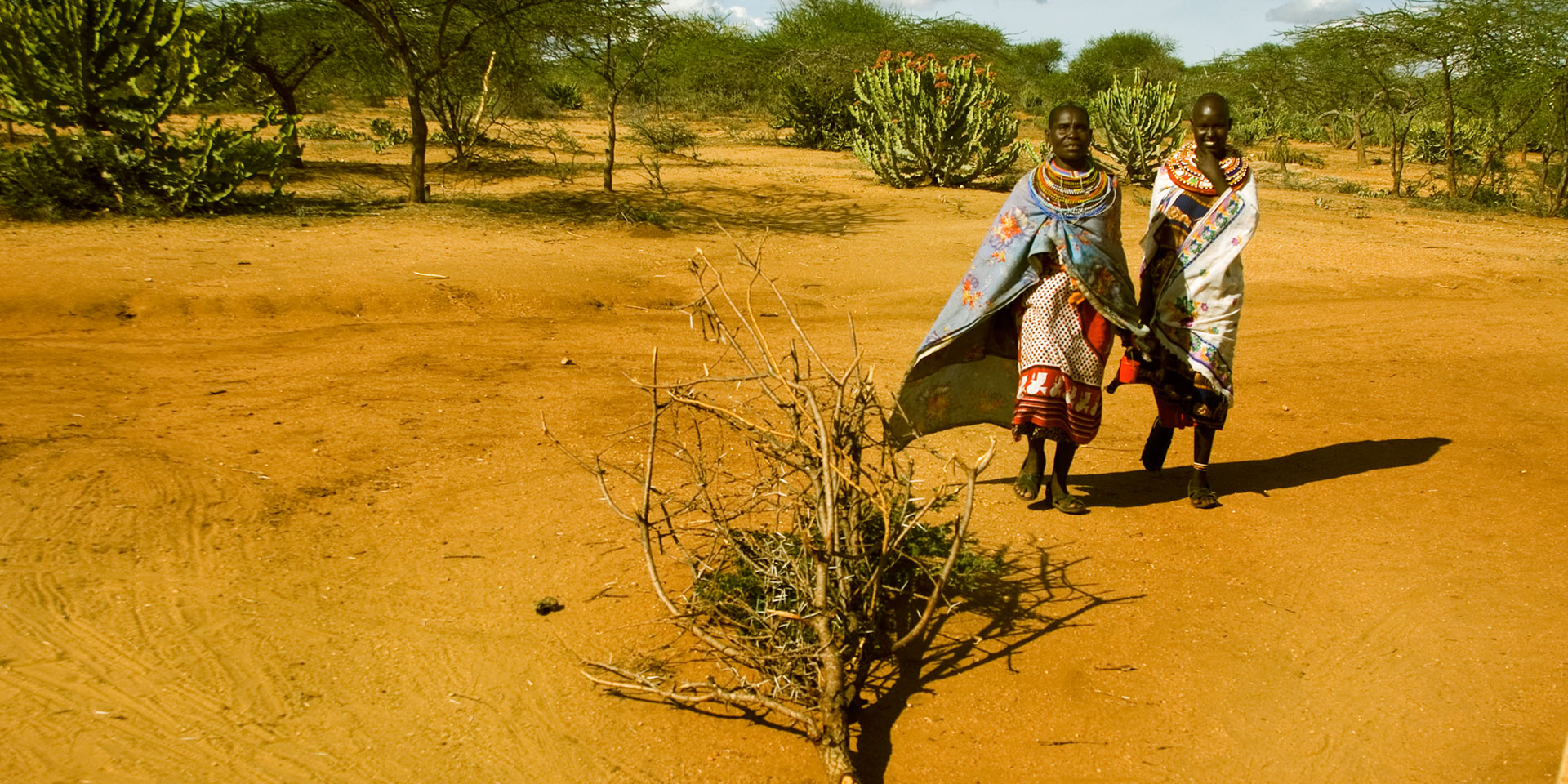
Loiyangalani
Loiyangalani is a good base for exploring- either by boat to South Island National Park, or by climbing nearby Mount Kulal- a challenging climb which needs to be undertaken with care.
El Molo Bay is home to Kenya’s smallest tribe, the El Molo whose numbers have dwindled through intermarriage and linguistic and cultural absorption into the Turkana and Samburu communities.
One of the last true hunter-gatherer communities, the El Molo are centered on this small bay, which is also a good place to spot crocodiles and birdlife.
Outside influence has been slow to reach this distant frontier, and the El Molo, Turkana and other communities along the Lakeshores still live lives dictated by tradition, myth and custom.
In many places here, life continues unchanged as it has for centuries.
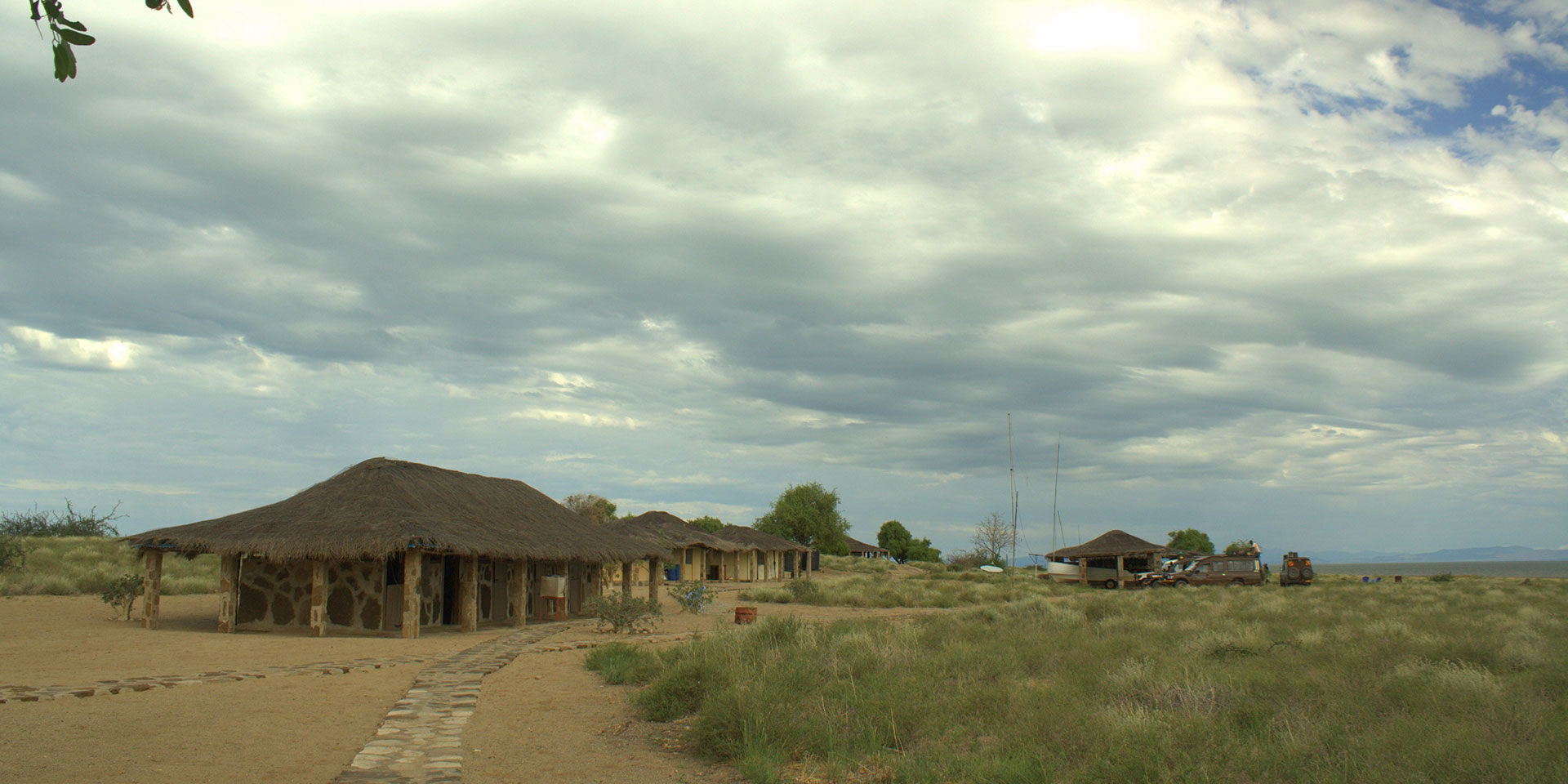
Sibiloi National Park
For the more adventurous, the long road North leads to Sibiloi,a 1600 square km National Park recently accorded World Heritage Status. This park is a real surprise after a long desert journey- there is plenty of open green, grassland- and plenty of game. Zebra, Topi, Giraffe, Ostrich, Hippo and the occasional Lion and Cheetah have all been sighted in the park.
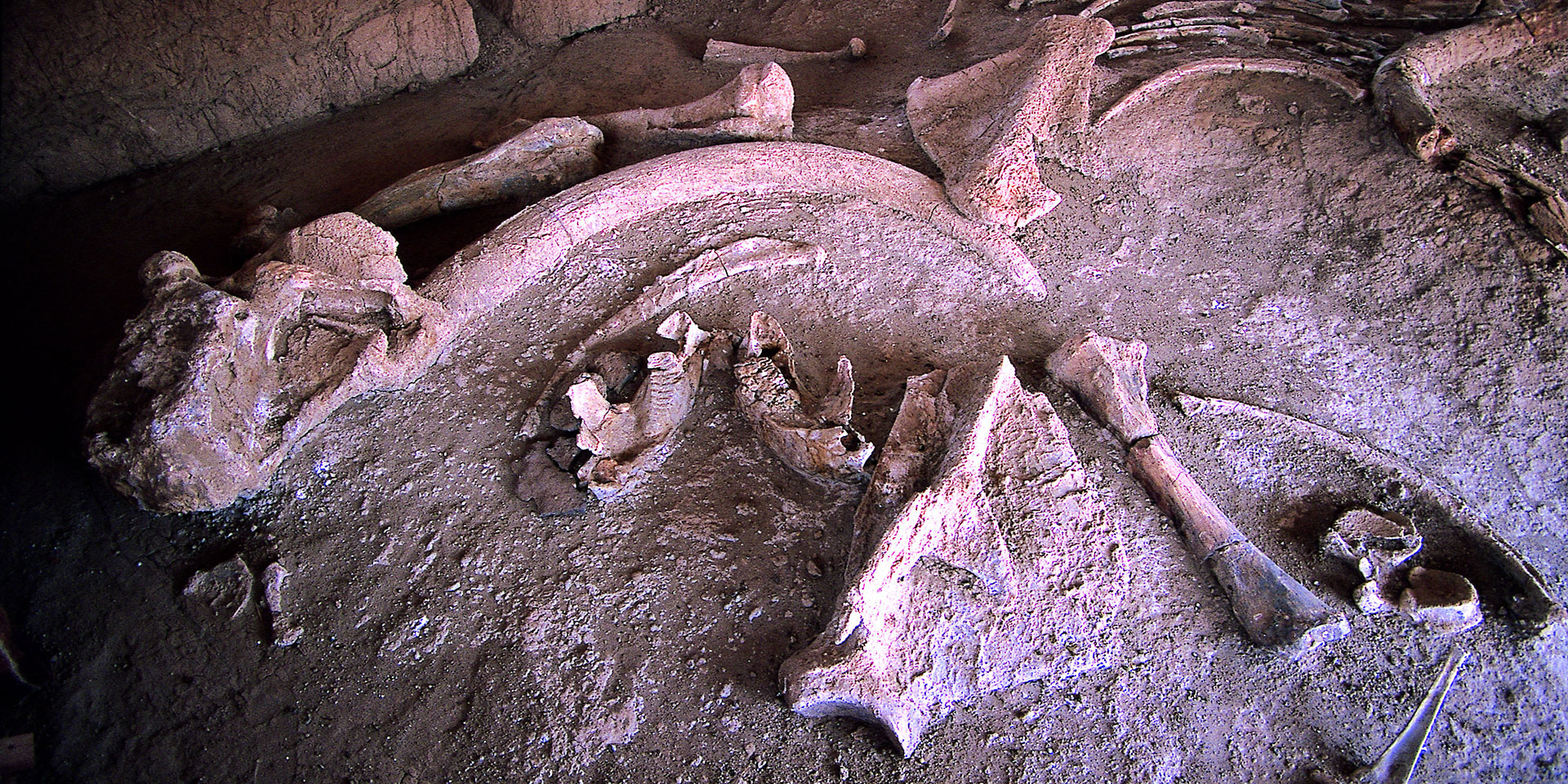
Koobi Fora Museum
Situated along the Eastern shores of Lake Turkana is Koobi Fora Site and Museum, a World Heritage Site also popularly known as the Cradle of Mankind. On site are mainly extinct fossils like the crocodile, giraffe and tortoise at least four times larger than today’s.
You can also relax at the Koobi Fora camp overlooking the lake away from city life, enjoy spectacular sunsets and teeming wildlife. Koobi Fora is a very important site for Hominid Fossils, famous internationally since Richard Leakey’s discovery of ‘1470’ a 2 million year old skull of Homo Habilis.
As interest in visiting this area increases, there is promise of improved visitor facilities and safari options in this area.
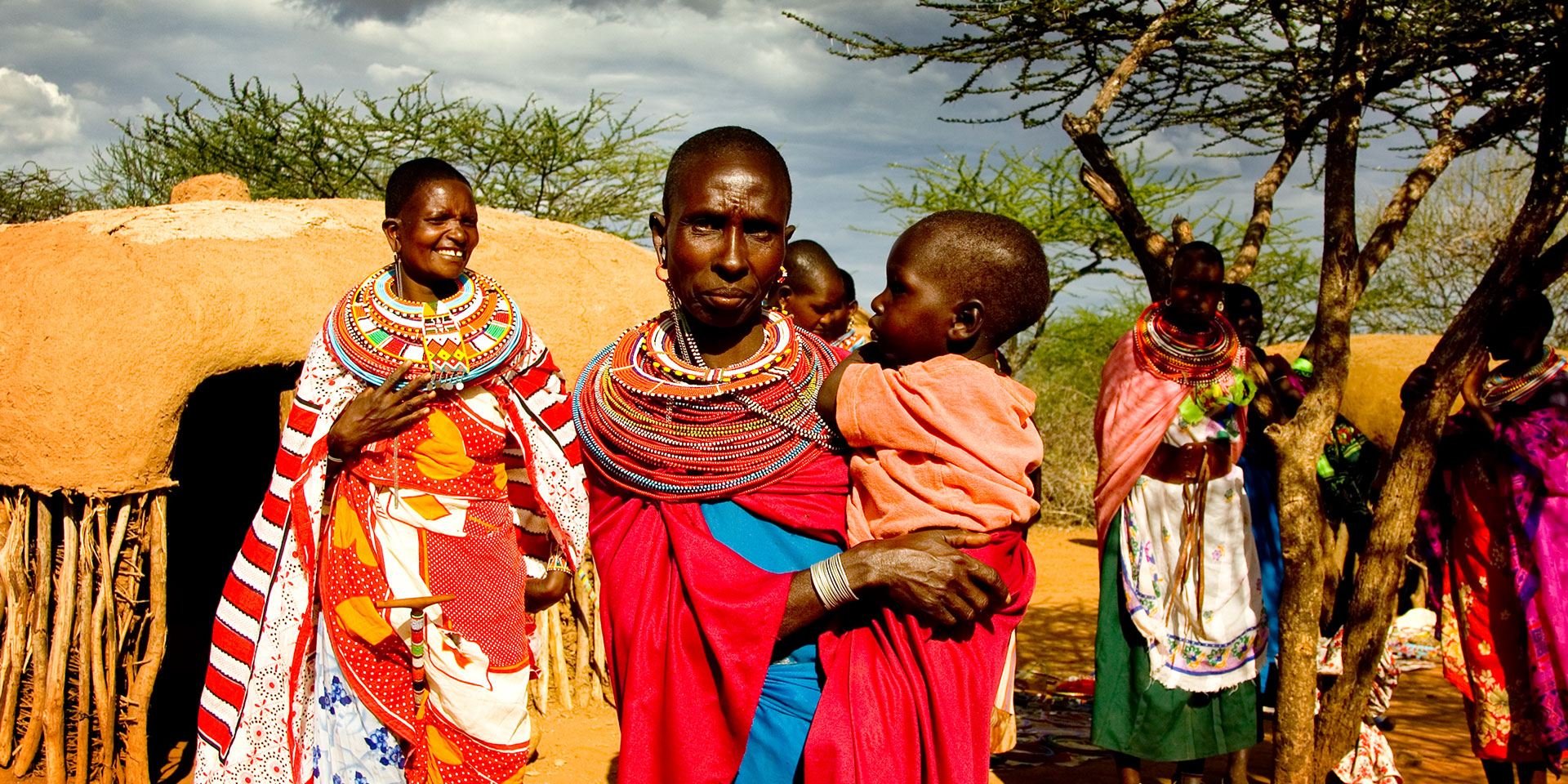
Western Turkana
Western Turkana is more accessible, via the road North from Kitale to Lodwar and onward to Ferguson’s Gulf and the village of Kalokol. There is a basic lodge here- originally a fishing lodge for those looking to catch prized Nile Perch.
About 60 kms further north is beautiful Eliye Springs, home to spring fed oases, large crocodile populations, and many small Turkana villages. There are a few simple lodgings available here.
Just a little further North, the all new Lobolo Camp treads the fine line between roughing it and the more comfortable “easy” tented camps in Kenya’s more accessible Parks and Reserves.
The first permanent tented camp in Turkana, Lobolo is nestled among 100acres of lush forest, watered by a series of fresh water springs. The camp has 6 spacious, spotless tents with spring water showers and specially raised beds to take advantage of cool breezes, and provide views of the sunset over the Lake.
A central mess tent serves up remarkably first class meals, with flame grilled brochettes, fresh salad, and excellent local Nile Perch.
With excellent boats and guides- trips around the Lake, specialized fishing trips for Nile Perch and many others are possible. Lobolo caters for those who still want to enjoy the adventure of travelling to this wild frontier, but still appreciate the value of a comfortable bed, a cool shower in the evening, and the occasional unexpected luxury- such as delicious hot samosas with soy sauce served by the campfire.
Overnight fly camps on Central Island National Park can also be arranged. The island is a great place to spend a day exploring. Although only five square kilometers in area, the hills neatly conceal three separate volcanic crater lakes.
A hike around the crater rims is an ideal way to spend the morning or afternoon.
Each lake has its own unique ecology- and flamingo, crocodiles and plenty of water birds can be seen as you follow the narrow ridges across the islands spine. One of these small lakes is home to an ancient species of Tilapia- a small fresh water fish – whose existence suggests that the Lake may have once been fed by the Nile.
The outer slopes of this up thrust volcanic cone are breeding colonies for many water birds, and a slow drift in a canoe around the island makes for great bird watching- with plenty of nesting pelican, cormorant, heron and gulls- and hunting raptors including African Fish Eagles, Osprey and even Marsh Harriers, and local rarities such as Skimmers.
The delicate ecological balance of this region is threatened by increasing human population pressure, but the development of tourism- and its economic benefit- may just be the vital ingredient for the preservation for future generations of intrepid travelers.
For those who reach these outer limits today, there is no better way to spend a night than stretched out by a campfire on Central Island, listening to the soft lap of water on the shore as the sunset gives way to a stunning stars cape overhead.



